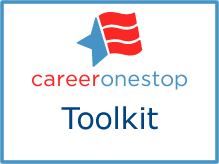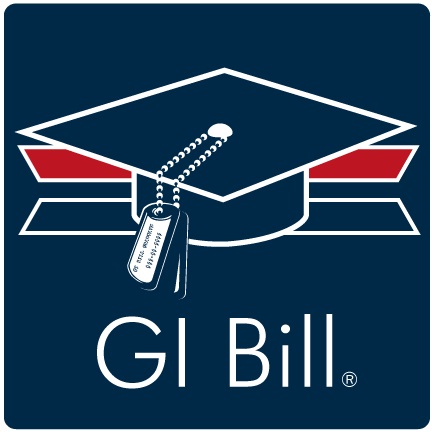
 Did you know October 5 is National Manufacturing Day? Sponsored by major corporations and professional associations around the United States, the day aims to “Inspire the next generation of manufacturers.” National Manufacturing Day has two goals: to promote students’ interest in manufacturing careers, and to help employers develop a pipeline of potential workers.
Did you know October 5 is National Manufacturing Day? Sponsored by major corporations and professional associations around the United States, the day aims to “Inspire the next generation of manufacturers.” National Manufacturing Day has two goals: to promote students’ interest in manufacturing careers, and to help employers develop a pipeline of potential workers.
Event organizers encourage businesses to build interest in their industry by hosting tours and open houses that give students hands-on experience and help them explore manufacturing careers. There are more than 2,500 events scheduled throughout the country on October 5. Check out the interactive map to see locations of all associated events, and find one in your local area.
In support of this event, the National Association of Manufacturers put together the top 20 Facts about Manufacturing. Highlights include:
- Manufacturers contributed $2.33 trillion to the U.S. economy in the first quarter of 2018.
- For every $1.00 spent in manufacturing, another $1.89 is added to the economy.That is the highest multiplier effect of any economic sector.
- The vast majority of U.S. manufacturing firms in the are quite small; in 2015, there were 251,774 firms in the manufacturing sector, and only 3,813 had more than 500 employees.
- There are currently 12.75 million manufacturing workers in the United States, accounting for 8.6 percent of the workforce.
- In 2017, the average manufacturing worker in the United States earned $84,832 annually, including pay and benefits. The average worker in all nonfarm industries earned $66,847.
- Manufacturers have one of the highest percentages (92%) of workers who are eligible for health benefits provided by their employer. That’s compared to 79% for all other sectors.
- Manufacturers have experienced tremendous growth over the past couple decades, making them more “lean” and helping them become more competitive globally.
- Over the next decade, nearly 3.5 million manufacturing jobs will likely be needed, and 2 million are expected to go unfilled due to the skills gap.
- Over the past 25 years, U.S.-manufactured exports have quadrupled. In 2014, they reached an all-time high, for the fifth consecutive year, of $1.403 trillion, despite slowing global growth.
- Manufacturers in the United States perform more than three-quarters of all private-sector research and development in the nation, driving more innovation than any other sector.
Learn more:
- Research manufacturing and other industries on CareerOneStop, including seeing lists of the highest-paying industries, fastest-growing, and more.
- Learn about a wide variety of manufacturing careers from career profiles, under the “Production” link.
- Watch videos about manufacturing careers on CareerOneStop’s YouTube channel.


 Hiring the right employees is essential to every organization’s success.
Hiring the right employees is essential to every organization’s success.
 The most recent U.S. census indicated that about 19 percent of the population has a disability. Employers who want to capitalize on the value and talent of that potential workforce have access to wealth of free, expert, confidential resources at the
The most recent U.S. census indicated that about 19 percent of the population has a disability. Employers who want to capitalize on the value and talent of that potential workforce have access to wealth of free, expert, confidential resources at the 
 As a high school junior, I had no work experience before doing an internship for CareerOneStop. I learned so much about what it’s like to work in a government office, and believe this internship is going to open up so many opportunities in the future.
As a high school junior, I had no work experience before doing an internship for CareerOneStop. I learned so much about what it’s like to work in a government office, and believe this internship is going to open up so many opportunities in the future.

 Have you ever asked yourself: “What would it be like to do work I am really passionate about?”
Have you ever asked yourself: “What would it be like to do work I am really passionate about?”

 Looking for an injection of new vitality into your career? Author
Looking for an injection of new vitality into your career? Author 
 But, being self-employed can have challenges too. It’s best for people who are motivated and able to keep themselves on task. And, it can be less secure than working for an employer: you usually don’t have a guaranteed income, and don’t receive benefits such as paid time off, health insurance, or others.
But, being self-employed can have challenges too. It’s best for people who are motivated and able to keep themselves on task. And, it can be less secure than working for an employer: you usually don’t have a guaranteed income, and don’t receive benefits such as paid time off, health insurance, or others.
 The dazzle of being on camera or stage. The thrill of creating an experience for viewers. The chance to see your vision brought to life. Is your ultimate dream to work in the entertainment industry?
The dazzle of being on camera or stage. The thrill of creating an experience for viewers. The chance to see your vision brought to life. Is your ultimate dream to work in the entertainment industry?